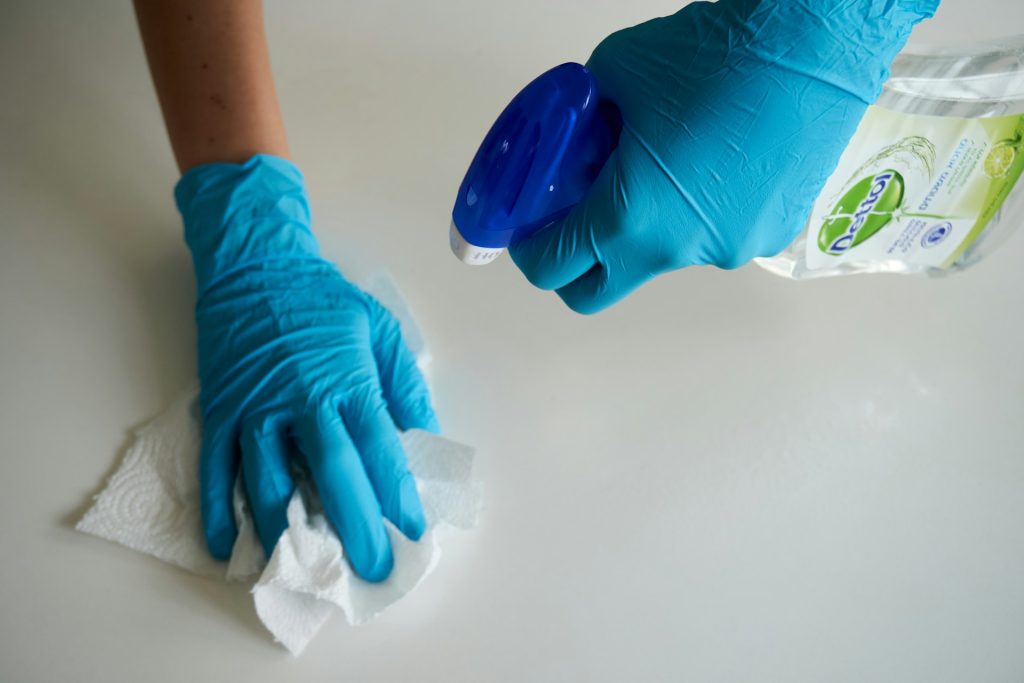
A clean workplace may not always be the first thing that comes to mind when people discuss operational excellence. Yet, it plays a vital role in shaping how efficiently and effectively a business functions. Clean, organized environments minimize distractions, reduce errors, and boost morale, creating the foundation for consistent performance. For organizations seeking to streamline their operations, applying effective commercial cleaning tips can significantly enhance not only appearance but also productivity, safety, and overall business outcomes.
The Link Between Cleanliness and Efficiency
Operational excellence thrives on systems that eliminate waste and maximize output. When workspaces are cluttered or poorly maintained, employees waste valuable time searching for materials, navigating around obstacles, or dealing with health-related absences. A clean and organized space supports clear workflows, allowing teams to focus entirely on their tasks without unnecessary interruptions.
Moreover, cleanliness reinforces discipline. When teams operate in tidy, well-maintained environments, they are more likely to adopt structured processes in their daily work. This attention to detail translates into fewer mistakes, better coordination, and improved turnaround times. The connection between environmental order and operational order is undeniable; one often reflects the other.
Cleanliness as a Driver of Productivity
Productivity is not only about how much work gets done but also about how consistently it can be maintained. A spotless environment provides employees with mental clarity and a sense of calm that supports sustained focus. Research has shown that employees working in clean, well-lit environments are less stressed, more engaged, and more motivated to maintain high standards of performance.
Additionally, a clean environment reduces the likelihood of illness and absenteeism, which in turn directly impacts productivity levels. Fewer sick days mean teams can meet deadlines without the added strain of covering for absent colleagues. Cleanliness, therefore, isn’t just about aesthetics; it’s an operational investment that ensures human capital—the most critical resource in any organization—remains strong and dependable.
The Role of Cleanliness in Safety and Risk Reduction
Safety is a core pillar of operational excellence, and maintaining cleanliness directly supports that goal. Spills, clutter, and debris can lead to accidents, injuries, or damage to equipment—all of which cause operational downtime and financial losses. By maintaining a routine cleaning schedule, businesses can identify and eliminate hazards before they escalate into costly incidents.
Clean environments also protect sensitive equipment and technology from dust, dirt, and other forms of contamination. This is particularly important in industries where precision and hygiene are non-negotiable, such as healthcare, manufacturing, or food services. When tools and facilities are properly maintained, their lifespan increases, and the need for expensive repairs or replacements decreases—further contributing to operational efficiency.
Impact on Brand Image and Customer Perception
Operational excellence is not limited to internal processes; it extends to how clients and visitors perceive a company. A spotless workplace sends a powerful message of professionalism, reliability, and pride in one’s work. When customers walk into a well-maintained space, they are more likely to trust the quality of the company’s products or services.
In contrast, disorganized or dirty environments can damage a company’s credibility and make even the most capable team appear careless. First impressions matter, and cleanliness plays a crucial role in shaping them. For service-oriented industries in particular, maintaining cleanliness is not merely a background task—it is an integral part of the customer experience and a crucial component of a company’s brand identity.
Leadership and the Culture of Cleanliness
True operational excellence begins with leadership. When managers and executives prioritize cleanliness as part of the organization’s operational standards, it sets a tone that cascades throughout the company. Cleanliness becomes not just a task assigned to the maintenance team but a shared responsibility across all levels of staff.
Leaders who emphasize the importance of cleanliness also foster accountability. Employees who see management valuing order and hygiene are more inclined to uphold those same standards in their own roles. Over time, this builds a culture of respect, pride, and discipline—qualities that drive continuous improvement and long-term operational success.
Clean Workspaces and Continuous Improvement
One of the core principles of operational excellence is continuous improvement—the ongoing effort to refine systems, eliminate inefficiencies, and enhance performance. Clean and organized environments support this mindset by making it easier to identify problems and implement solutions. When everything has its place and processes are standardized, inefficiencies become more apparent, allowing teams to address them more quickly.
Regular cleaning routines also create a rhythm of consistency. They remind employees that maintenance, order, and attention to detail are daily commitments, not occasional efforts. Over time, this discipline contributes to a more stable, efficient, and scalable operation that can adapt to change without losing focus or quality.
Conclusion
A clean workplace is far more than a matter of appearance—it is the bedrock upon which operational excellence is built. From improving productivity and safety to enhancing brand image and team morale, the benefits of cleanliness extend into every corner of an organization. Businesses that integrate consistent cleaning practices and encourage employees to maintain tidy environments set themselves up for sustained success. The path to operational excellence begins with simple, practical steps—and sometimes, the most powerful one is ensuring that every workspace stays clean, organized, and ready for success.